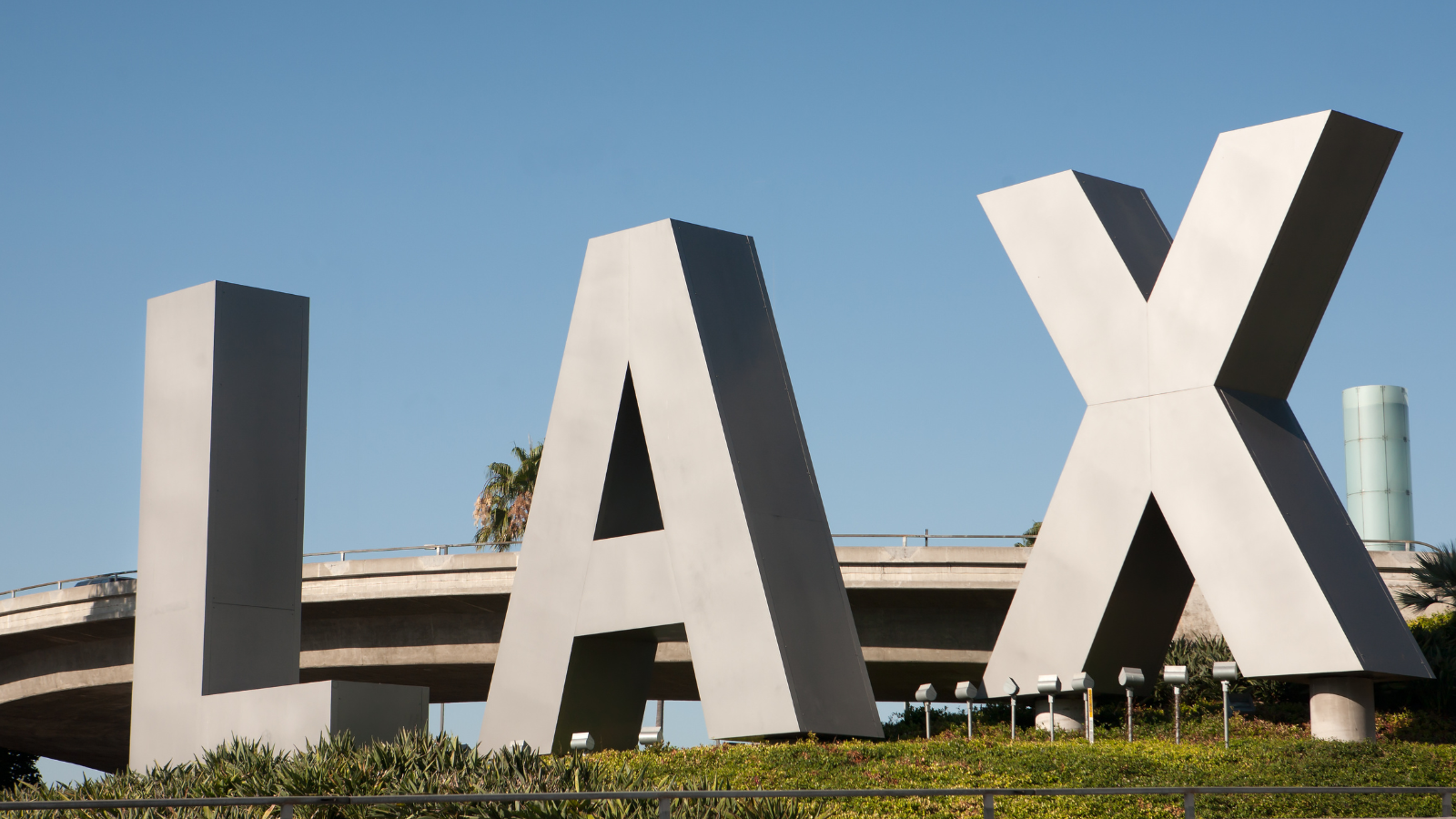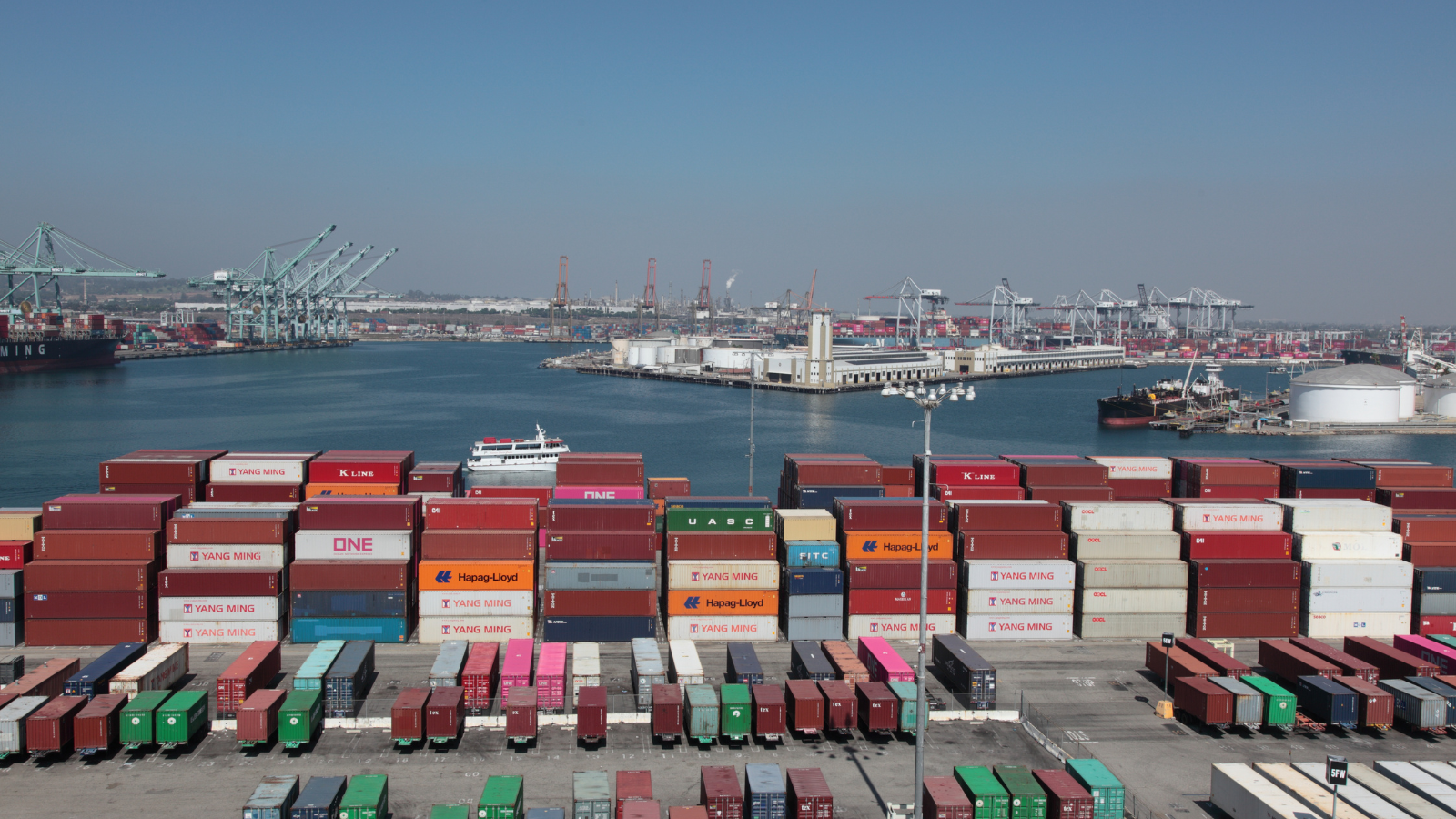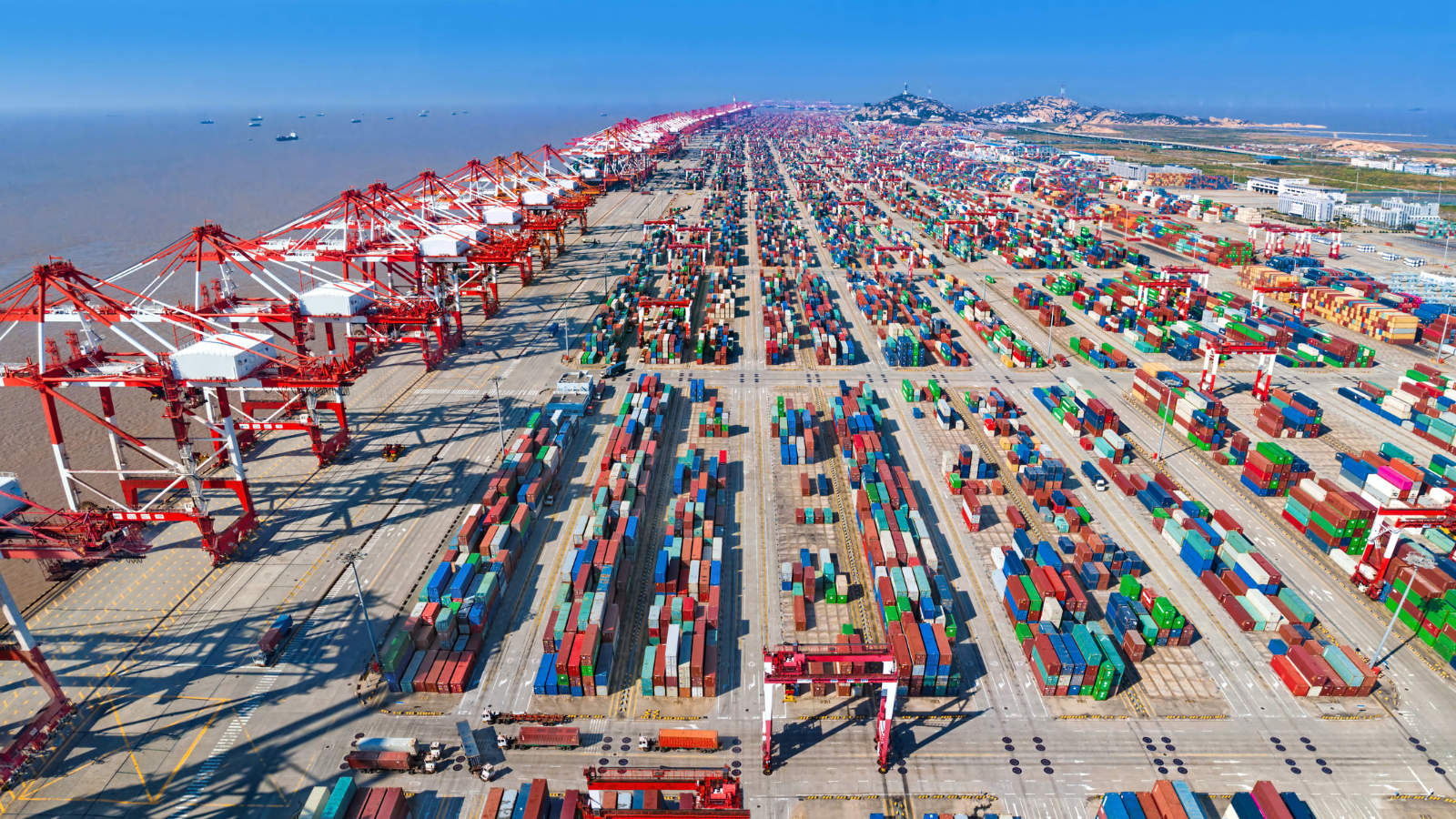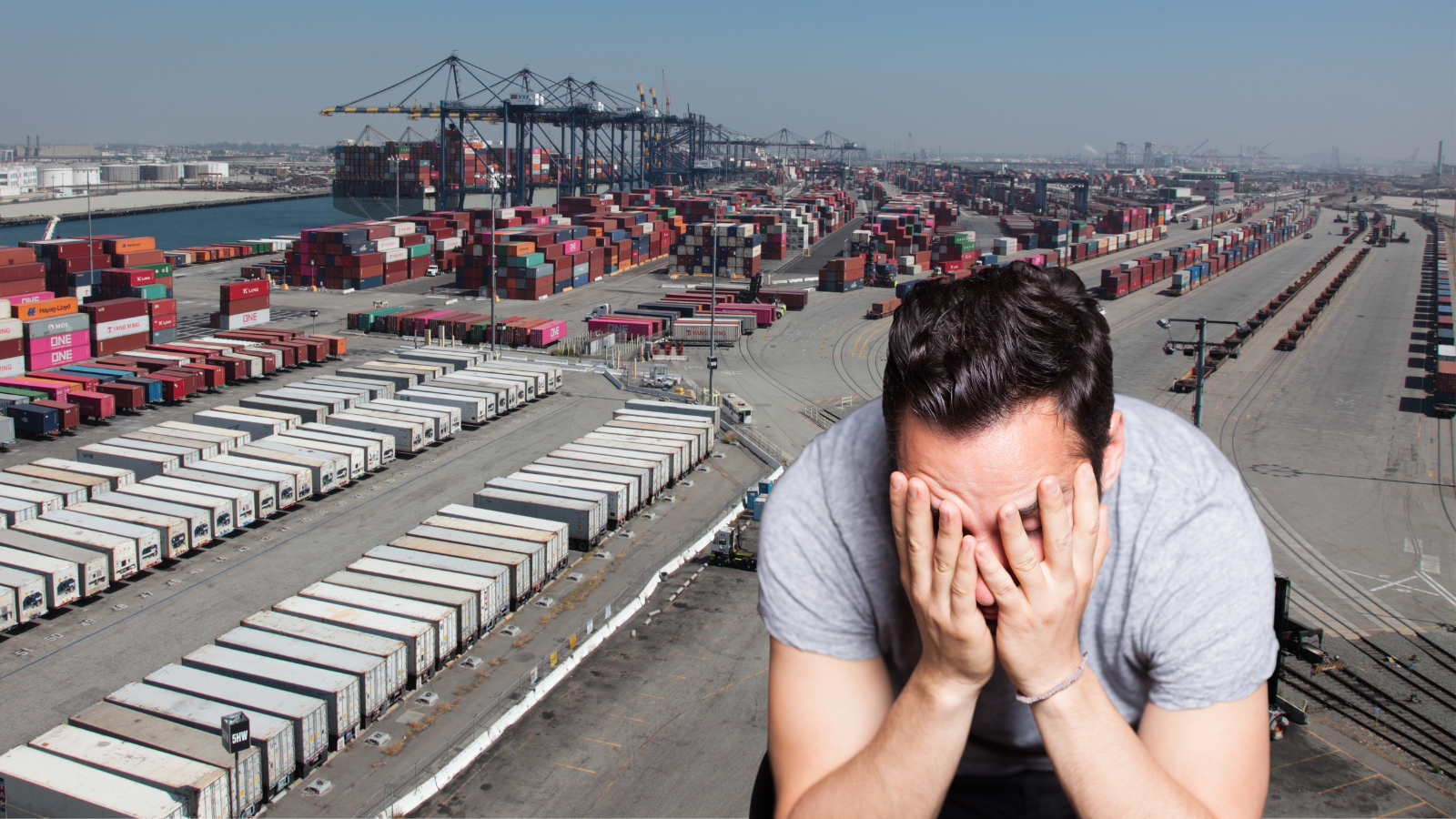High-Speed Rail to Connect Las Vegas and Los Angeles by 2028
Get ready for a new era of travel between Las Vegas and the Los Angeles area! A whopping $12 billion project promises to launch America's first true high-speed rail line by 2028, just in time for the Summer Olympics in Los Angeles. U.S. Transportation Secretary Pete Buttigieg has thrown his support behind this venture, which is set to generate thousands of union jobs, improve local economies, and significantly cut traffic and air pollution.
The company behind this ambitious project, Brightline West, plans to lay 218 miles of track primarily along Interstate 15. This track will not only connect Las Vegas to Rancho Cucamonga, California, but also feature a station in Victorville and link up with commuter rail services to downtown Los Angeles. The trains, inspired by Japan’s famous Shinkansen bullet trains, are expected to hit speeds of 186 mph, slashing the current four-hour drive to just over two hours.
Besides fast travel, Brightline West promises an enhanced travel experience with amenities like Wi-Fi, on-board refreshments, and luggage check-ins. Expected to handle 11 million passengers annually, this rail line could be a game-changer in reducing the notorious I-15 traffic jams, making post-Vegas trips a breeze. As Wes Edens of Brightline Holdings remarked, this could well mark the birth of a high-speed rail industry in the U.S.
Why This Matters:
With trains capable of reaching speeds up to 186 mph, the project is expected to draw millions of annual passengers, effectively pulling a significant number of travelers off the roads. This reduction in road traffic could ease congestion on critical freight routes, particularly along Interstate 15, potentially speeding up ground transportation times for goods moving in and out of these major urban centers. Plus, the construction and operational phases of the rail project are likely to spur demand for various logistics services, from the delivery of materials and equipment to ongoing maintenance and support services.
Our Take:
Could this rail project set the stage for a broader shift in how we think about transporting goods in congested areas? Imagine future expansions or similar projects elsewhere that could open up new lanes for speedy, efficient delivery services, bypassing the usual highway logjams. If high-speed passenger rail takes off, high-speed freight services might not be far behind. So, keeping an eye on this project could give you a head start in adapting to and capitalizing on these emerging opportunities.
Los Angeles is reimagining about 3,229 acres near its harbors—connecting communities like San Pedro and Wilmington—to boost transit, pedestrian areas, and clean industrial uses, aiming for a healthier environment.
Get ready for a new era of travel between Las Vegas and the Los Angeles area!
If you're using FedEx or UPS for shipping, especially in Los Angeles County, keep an eye on your bills – they're about to go up.
Caltrans and state fire officials had expressed concerns about the storage of combustible liquids on wooden pallets under Interstate 10 for several years before a recent fire, which is now being investigated as arson, led to the closure of a major Los Angeles freeway for over a week.
Los Angeles' Interstate 10, which had been closed for over a week due to an arson fire, reopened ahead of schedule.
A fire broke out under a Los Angeles freeway where 16 people, including a pregnant woman, were living.
A recent fire under an elevated Los Angeles freeway, which caused significant damage and traffic disruptions, has brought scrutiny to a state land leasing program that allowed businesses to store various materials under the freeway.
The fire-damaged section of the 10 Freeway in downtown Los Angeles won't require demolition, and some lanes are expected to reopen within 3-5 weeks, according to Governor Gavin Newsom.
Los Angeles city leaders convened to address a storage yard fire causing the closure of the I-10 Freeway, preparing for expected traffic disruptions.
The first significant storm of the season is set to hit Southern California midweek, bringing cooler temperatures and 1 to 2 inches of rain over multiple days, which is unusual for this time of year.
A rail service connecting California's San Joaquin Valley to the Port of Los Angeles is expected to commence operations in 2028.
Los Angeles International Airport (LAX) has chosen a consortium led by Realterm, the largest manager of on-airport air cargo real estate in North America, to undertake a revolutionary cargo improvement project.
The Port of Los Angeles experienced its fourth consecutive month of rising cargo volumes in June, reaching the highest level since July 2022.
California Governor Gavin Newsom has unveiled a comprehensive investment plan of over $1.5 billion to enhance the state's supply chain infrastructure.
The International Longshore Warehouse Union (ILWU) and the Pacific Maritime Association (PMA) have reached a six-year tentative deal, putting an end to the long-standing labor dispute at West Coast ports.
The West Coast ports are currently facing a labor dispute that has created confusion and uncertainty.
The Los Angeles Board of Harbor Commissioners has given its approval to a $2 billion annual budget for the Port of Los Angeles for the fiscal year 2023/2024.
Increasing vessel arrivals at the Port of Los Angeles and Long Beach have been impacted by labor slowdowns, causing disruptions in supply chain operations.
Container terminals at the Port of Los Angeles have reopened after work stoppages caused by labor disputes.
The Maritime and Port Authority of Singapore, Long Beach, and Los Angeles (along with support from C40 Cities) have signed a memorandum of understanding to establish a green and digital shipping corridor.
Last Thursday, a shortage of manpower prompted dockworkers to walk out, resulting in the closure of both West Coast ports.
While 41% of Americans were still working for home (with full-time or hybrid) in January, it’s safe to say that America’s biggest cities have faced a major shock to the system.
Los Angeles port director Gene Seroka is attempting to calm the waters after nearly a year of labor talks with the port workers union.
Dr. Martens is temporarily opening three warehouses in Los Angeles to assist with the flux of inbound shipments clogging its distribution center in Los Angeles, California.
China's economy is important for the Port of Los Angeles for a number of reasons.
The nation’s two largest ports, Los Angeles and Long Beach were home to 109 containerships queuing off the coast as recently as January of 2022.
San Pedro Bay, home of the Ports of Los Angeles and Long Beach, has long been the king of America’s oceanside ports.
According to recently released September data, the East Coast port of New York and New Jersey has earned the top spot for a second consecutive month.
The Port of Los Angeles Executive Director Gene Seroka is remaining confident that the ports will be able to reach an agreement with The International Longshore and Warehouse Union, regardless of how long it takes.































Get ready for some serious heat!